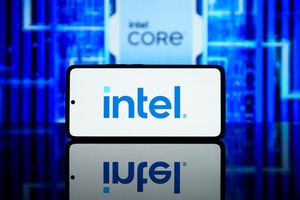A distribution Disconnect Switch is a basic mechanical switching device. It’s used in electrical power distribution systems—usually at the substation and feeder level. Its main job is to give a safe, reliable, and easy-to-see way to isolate part of a circuit. This isolation is for maintenance, repair, or rerouting power. It’s important to remember: these switches aren’t made to stop load current or fault current. They only work on circuits that are already turned off by an upstream protective device, like a circuit breaker. The main design feature of a disconnect switch is the visible air gap between its contacts when it’s in the “open” position. This visible break is a key safety step. It lets workers know the isolated part of the circuit is de-energized, so they can follow lockout/tagout (LOTO) rules. These switches are built to handle high continuous current. They also have strong mechanical endurance to stand up to environmental stress
Some common kinds of these switches exist. Air Break Switches are the most common—they open contacts in regular air. Group-Operated Switches are mechanically linked; they work all three phases at the same time. Load-Breaking Switches are a special type. They have arcing horns or chambers that let them stop small load currents, but they never stop fault currents. Distribution disconnect switches are put in key spots in the network. For example, they isolate transformers, capacitor banks, or transmission lines. They’re also at the start of distribution feeders to section off parts of the system. Sometimes they’re used to bypass substation equipment. You can only operate these switches when you’re sure the circuit is de-energized. Trying to open a switch while it’s carrying a load creates a dangerous arc. This arc can damage equipment and cause serious safety risks. So, safe operation of the Abimat disconnect switch always depends on working with upstream devices that stop current. You must follow IEEE and IEC standards too. These standards cover how the switches are designed, tested, and used—they make sure the system is safe and reliable.

Media Contact
Company Name: Zhejiang ABIMAT Electric Co., Ltd.
Email: Send Email
Country: China
Website: https://www.abimatelectric.com/






